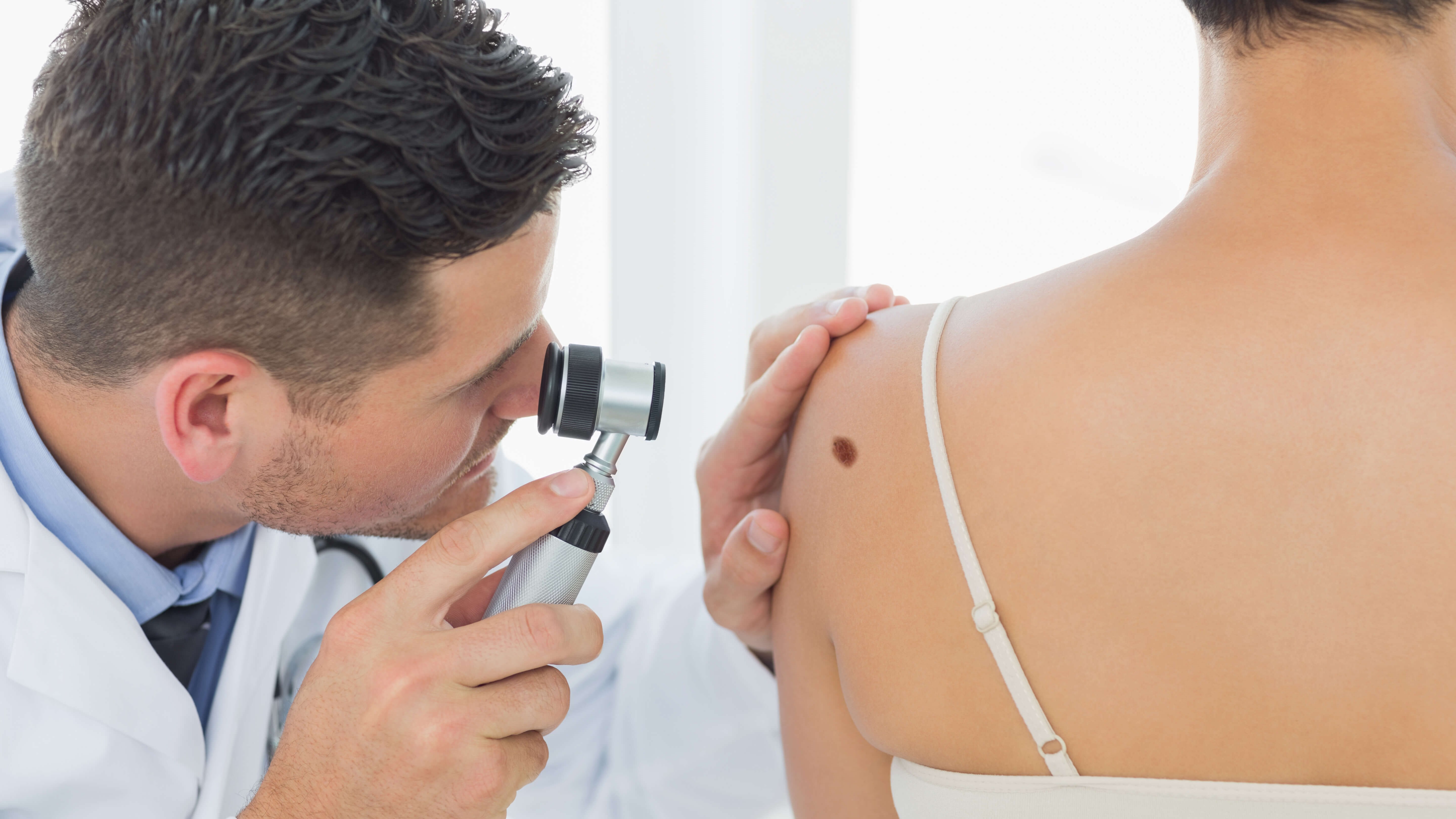Skin Cancer Awareness Month
&srotate=0)
With May being skin cancer awareness month it’s a great time to discuss how to make sure we are properly screening at home. At Gordon Plastic Surgery in The Woodlands, we see a variety of skin lesions, and it’s important to catch them early. At home screenings are a great way to detect spots early on, and it’s always a good idea to see your doctor if you have any concerns. You are your first line of defense for your skin, and when caught early, skin cancer is highly curable.
The most common types of skin cancer are basal cell carcinoma, squamous cell carcinoma, melanoma, merkel cell carcinoma, and the precancer actinic keratosis. Some of the things you’ll need for your home test are a full-length mirror, a hand mirror, good lighting (preferably natural light), and don’t forget a pen and paper! Now, in order to do a full-body inspection, you’ll need to make sure, you thoroughly check your face and scalp, hands and arms, full torso and back, and finally legs and feet. If you have someone at home to help you with this, it’s great to have a second set of eyes. Having a systematic approach will help you cover all of your bases, so going from top to bottom is the easiest way to do a self-examination. It’s also important to pay close attention to areas that are hard to see on a daily basis such as: behind ears, in between fingers and toes, underneath nails, lips, and nose. A great tip to help with the scalp is to use a blow dryer and work in manageable sections.
To help you be able to do an efficient check here are the ABCDE’s of skin cancer:
A-ASYMMETRY
Most lesions will be asymmetrical, meaning if you were to draw a line down the middle the two halves wouldn’t match.
B-BORDER
Look for uneven or patchy borders.
C-COLOR
A regular mole is usually a solid brown color while skin cancers can be darker or lighter shades of brown and black or even develop other colors such as blue or red.
D-DIAMETER
It is important to notice changes in size of marks/lesions, especially ones you have identified with abnormal color.
E-EVOLVING
Changes in color, shape, size, or elevation. Changes in symptoms such as itchiness, bleeding, increased dryness or flaking.
While the ABCDE’s are mostly for melanomas it’s good to have a baseline of what to look for. If you’re ever in doubt or have concerns about spots/lesions/moles on your skin, it’s best to make an appointment with a dermatologist or Dr. Gordon. At Gordon Plastic Surgery, we are often involved in skin cancer removal or advanced reconstruction following cancer removal by a fellowship trained Mohs surgeon. Our goal is to eradicate the cancer while still providing the most optimal cosmetic outcome. Please do not hesitate to call our office if you are concerned about possible skin cancer or the resulting appearance following excision.